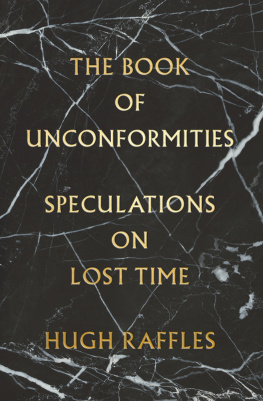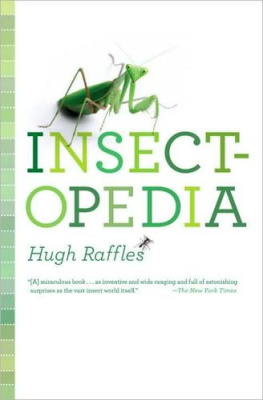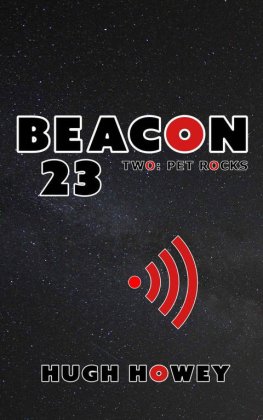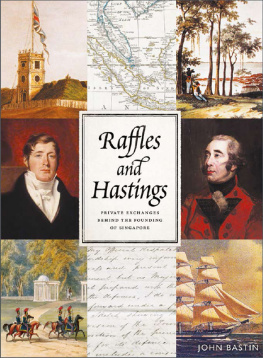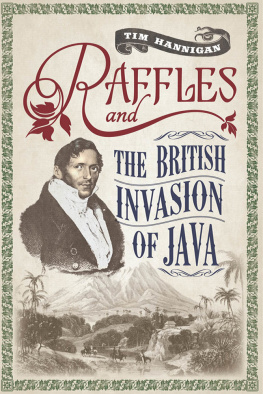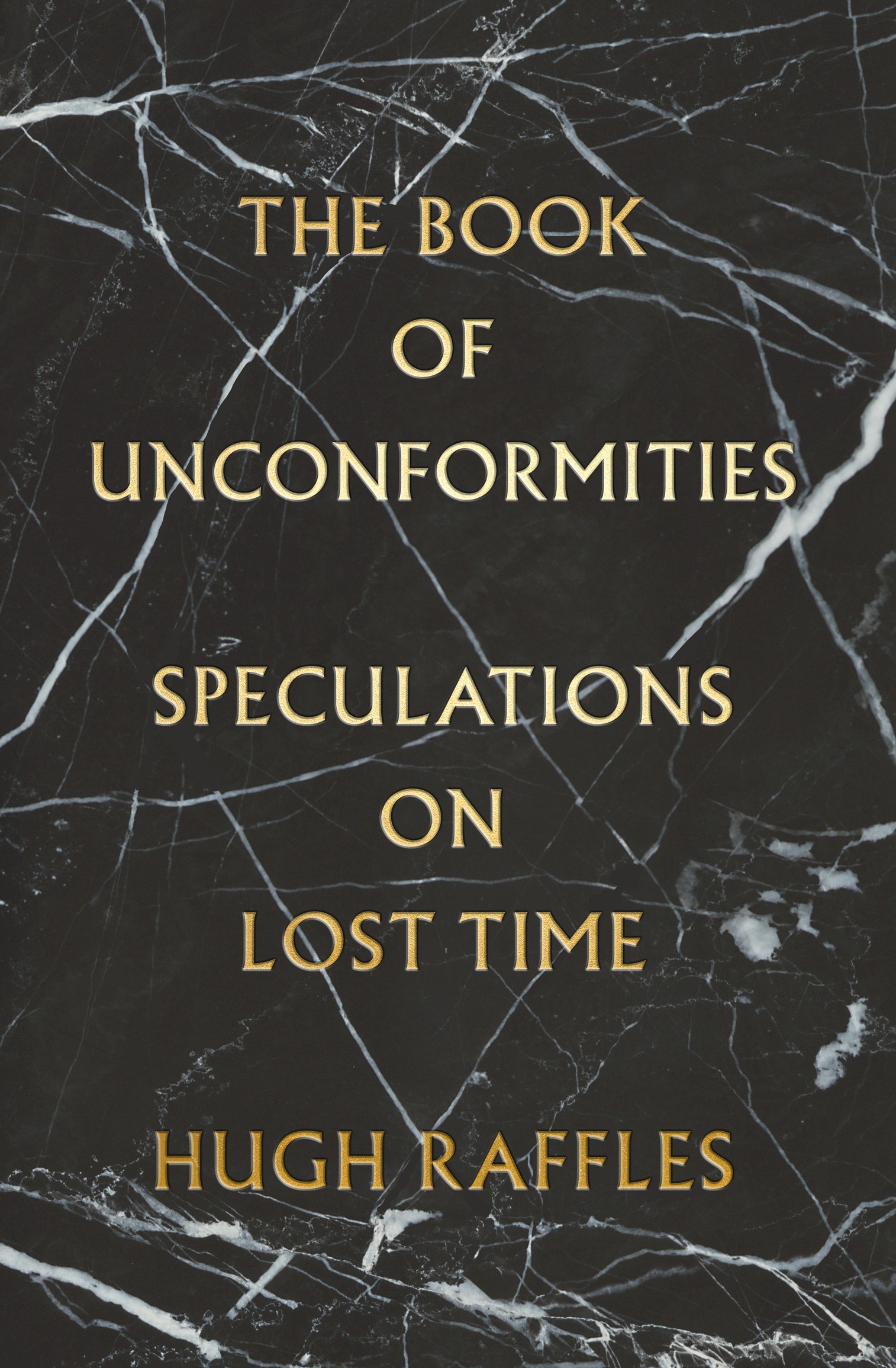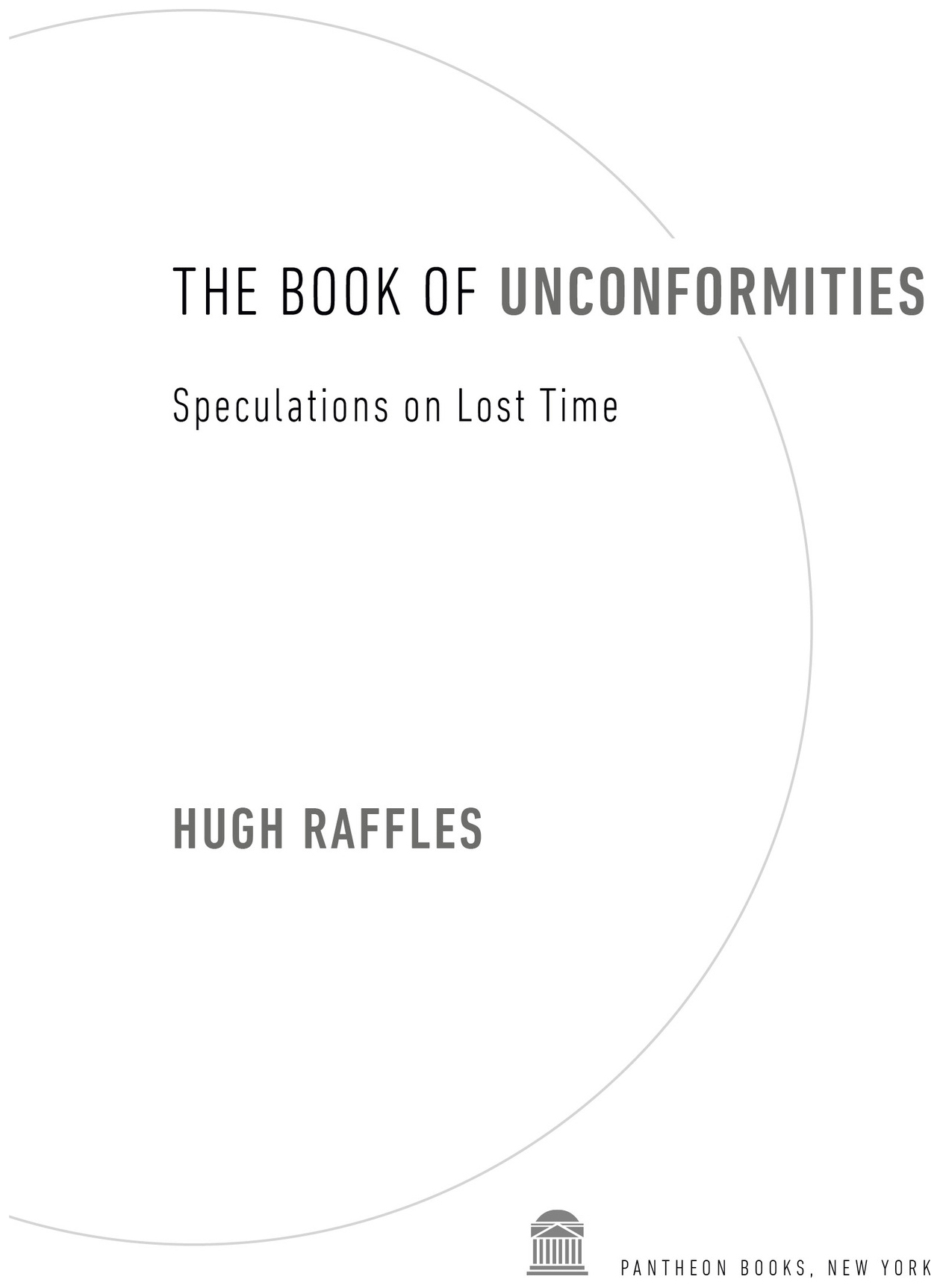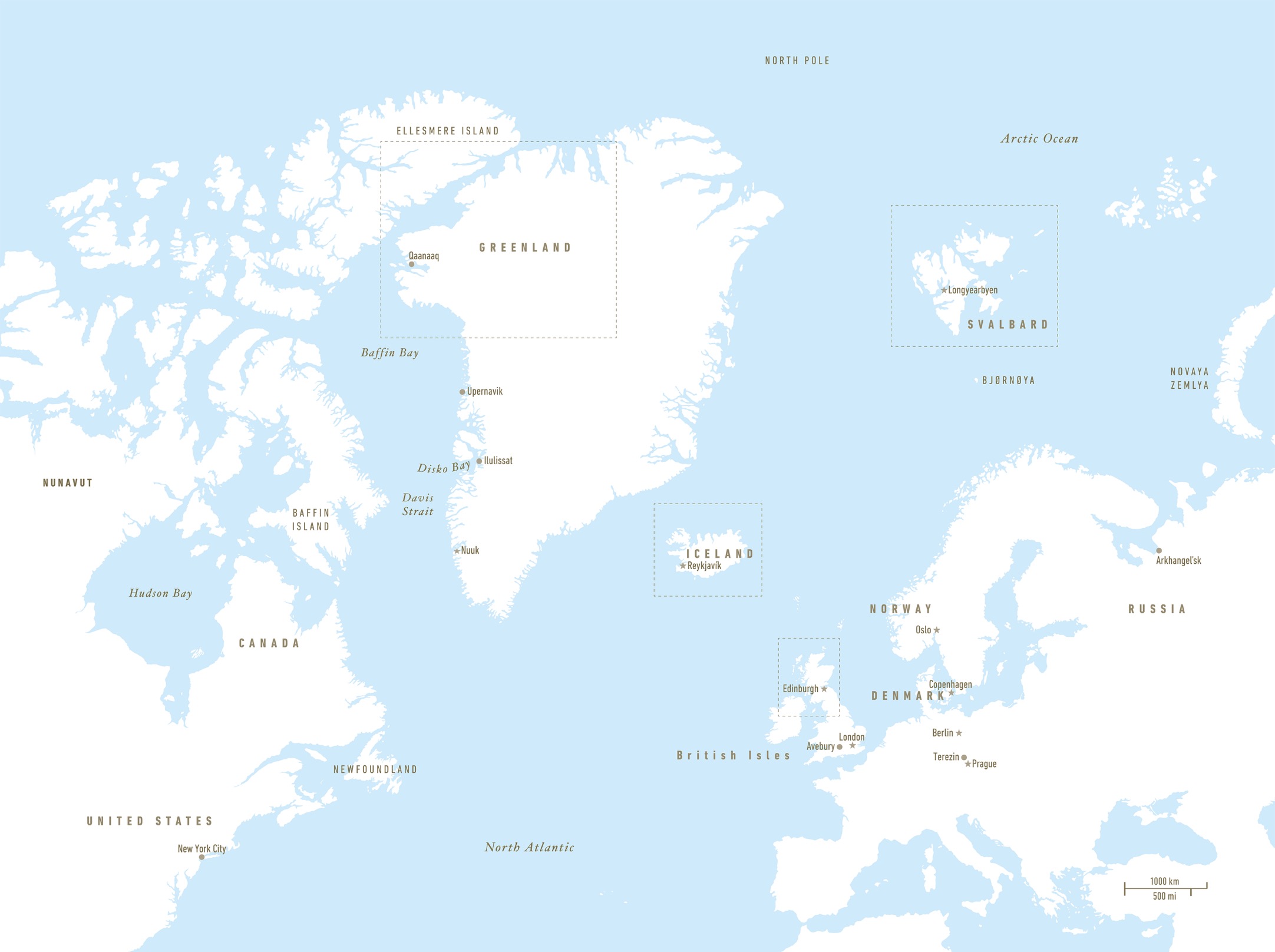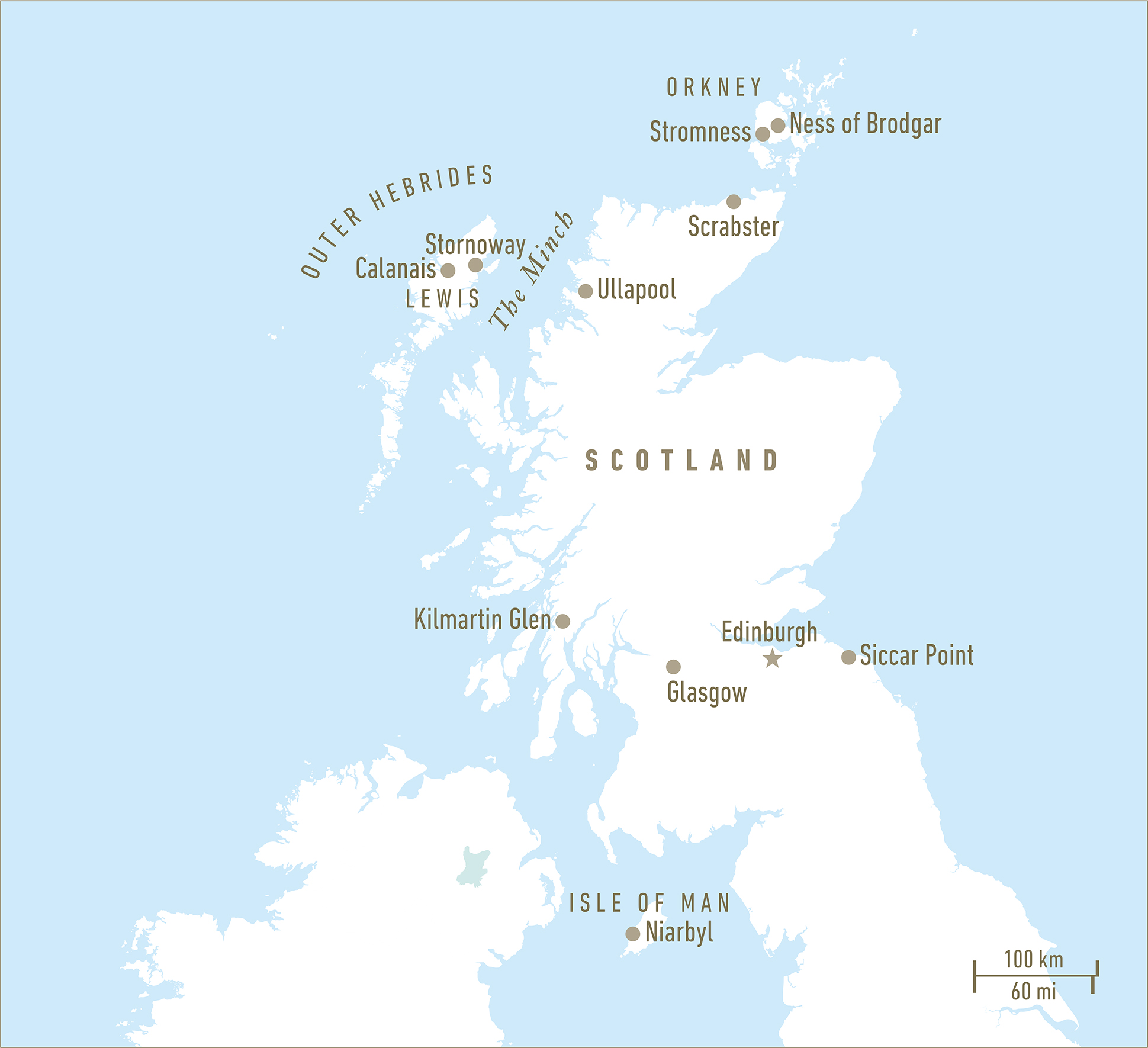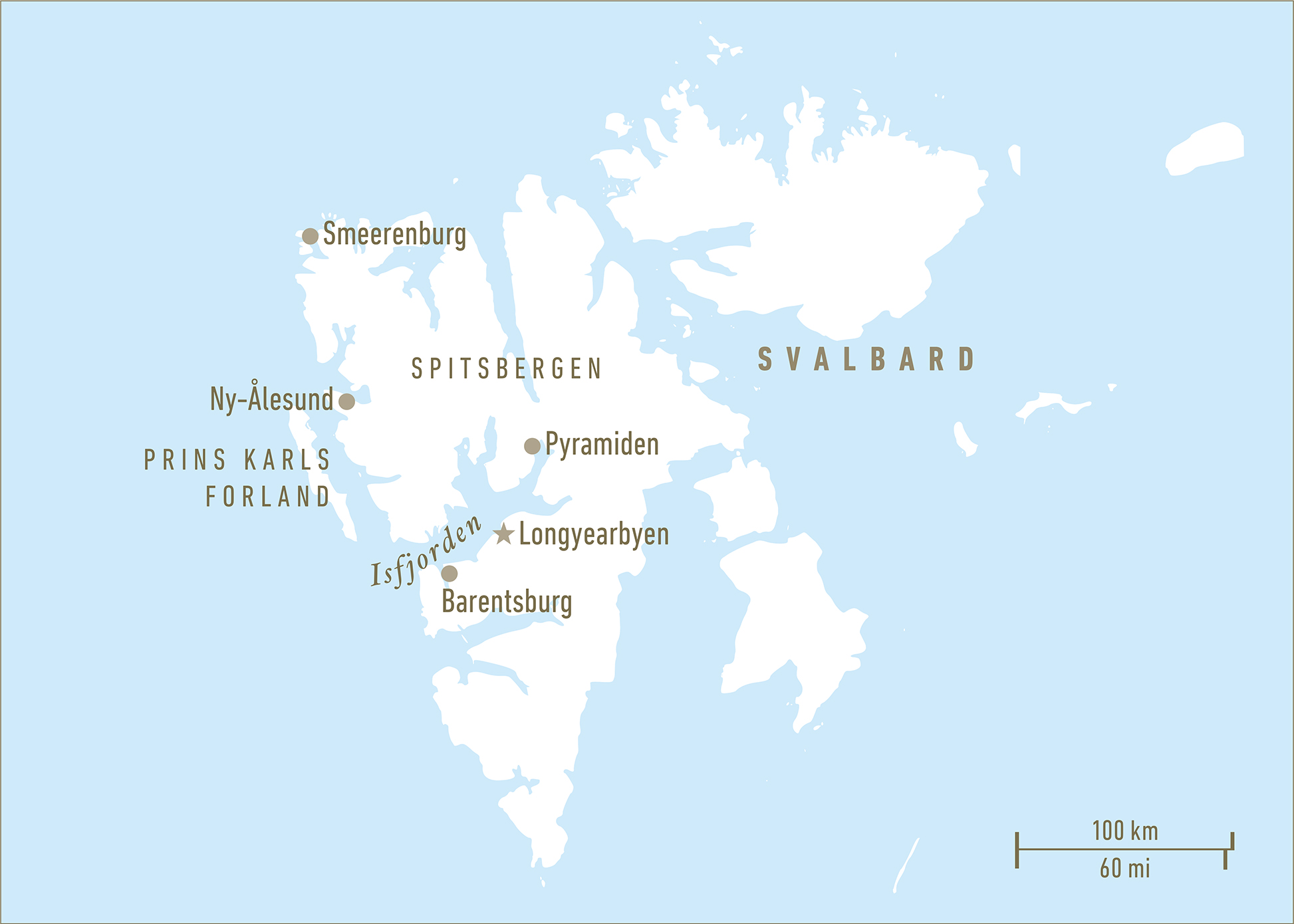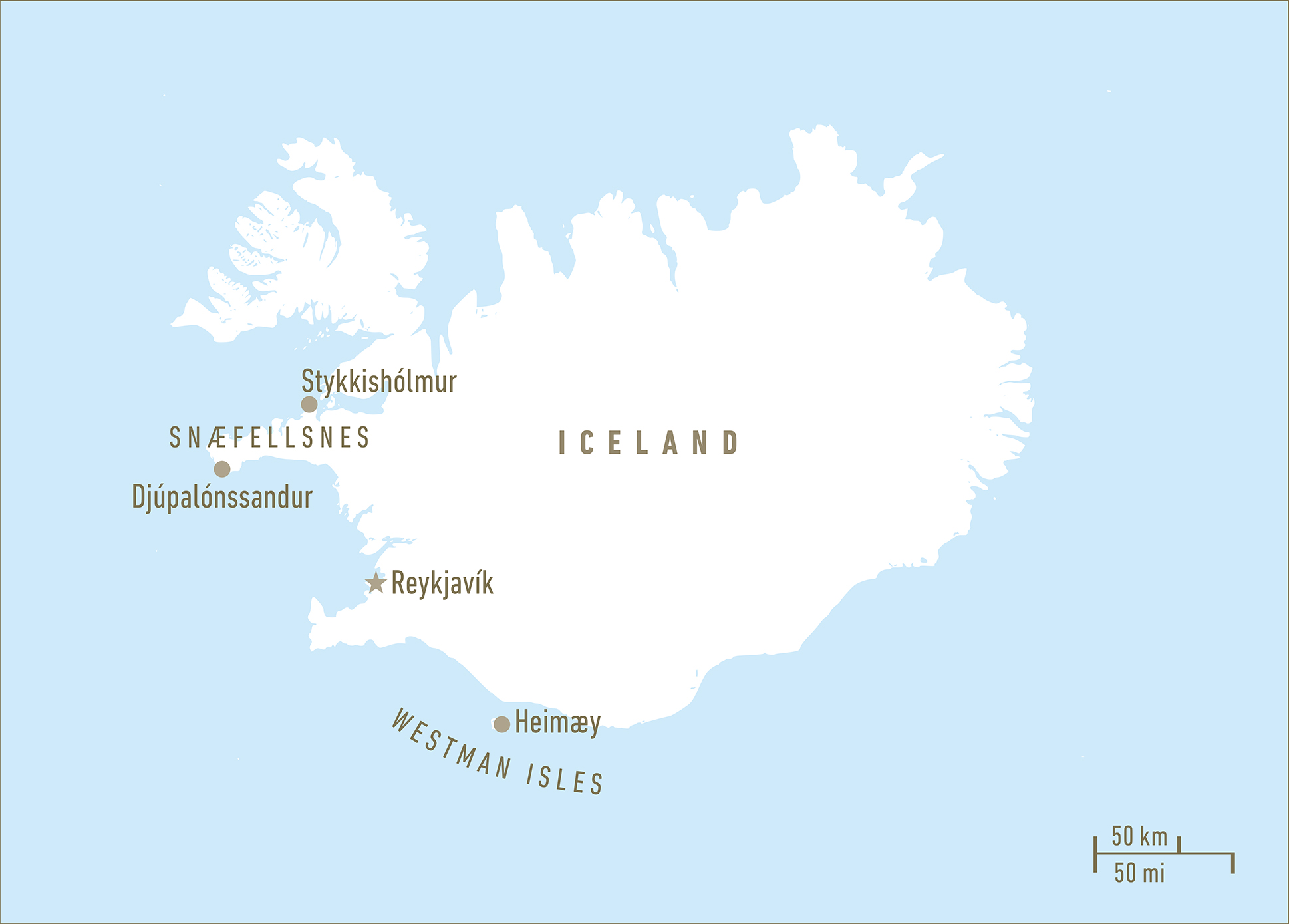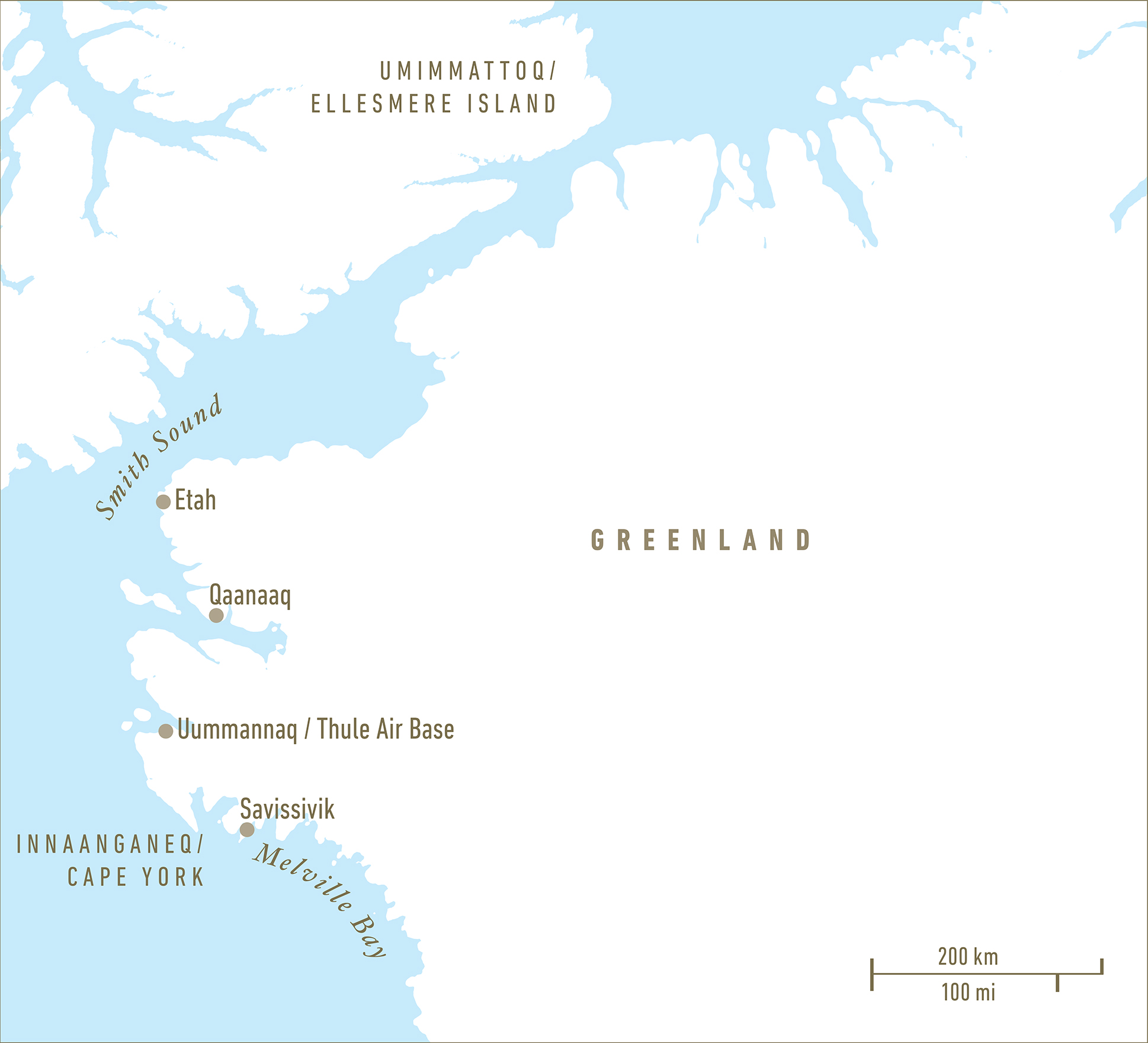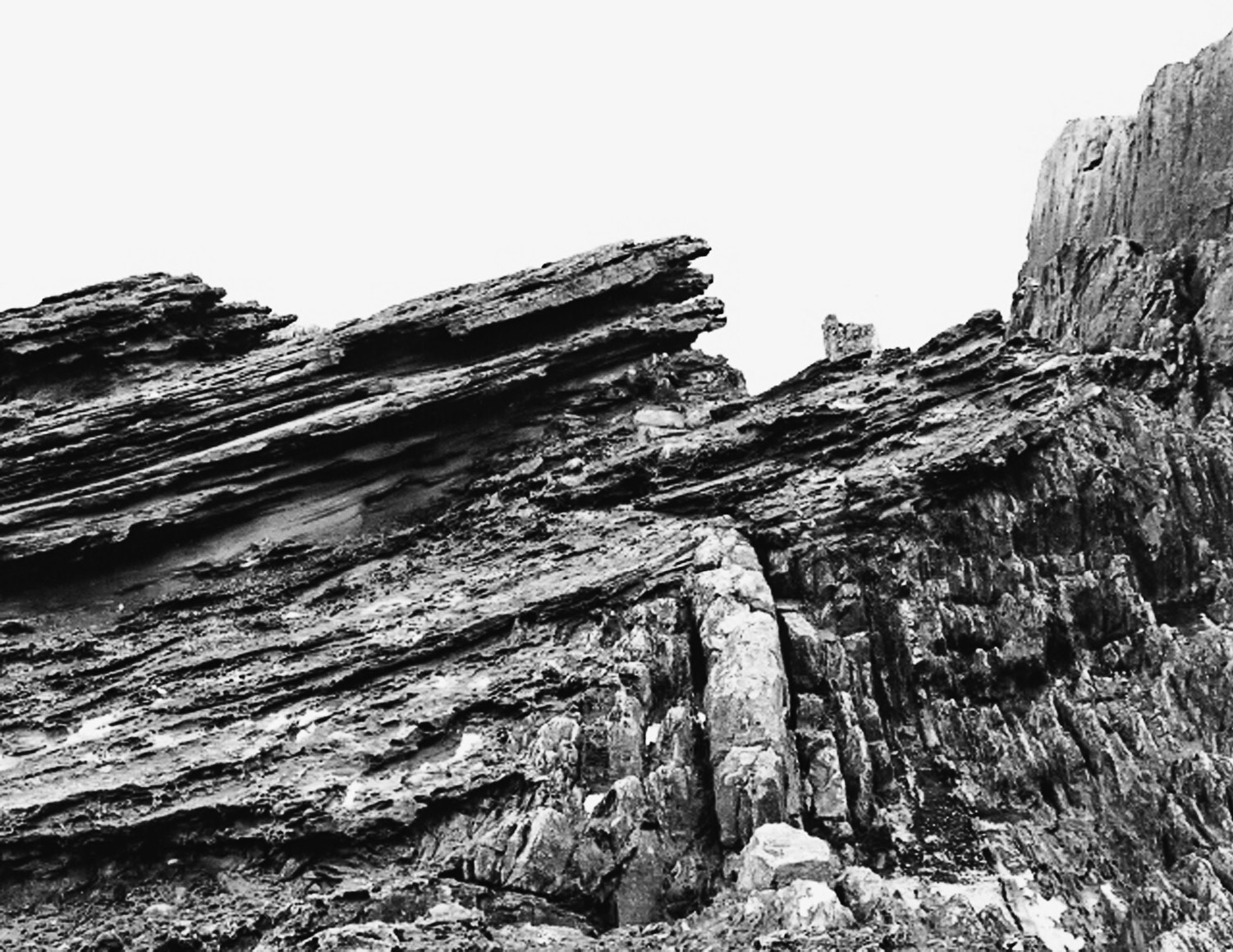ALSO BY HUGH RAFFLES
Insectopedia
In Amazonia: A Natural History
Copyright 2020 by Hugh Raffles
All rights reserved. Published in the United States by Pantheon Books, a division of Penguin Random House LLC, New York, and distributed in Canada by Penguin Random House Canada Limited, Toronto.
Pantheon Books and colophon are registered trademarks of Penguin Random House LLC.
Earlier versions of writing in Sandstone, Magnetite, and Epilogue: Muscovite first appeared in Cabinet, Issue 53 (Spring 2014); Orion, vol. 34, no. 2 (March/April 2015); Social Research: An International Quarterly, vol. 84, no. 1 (Spring 2017); To See Once More the Stars: Living in a Post-Fukushima World, ed. Daisuke Naito, Ryan Sayre, Heather Swanson, and Satsuki Takahashi (Santa Cruz, Calif.: New Pacific Press, 2014); and Techniques of Assemblage: The Empirical Baroque, ed. John Law and Evelyn Ruppert (London: Mattering Press, 2016).
Grateful acknowledgment is made to Faber and Faber Ltd and Farrar, Straus and Giroux for permission to reprint North from Opened Ground: Selected Poems 1966-1996 by Seamus Heaney. Copyright 1998 by Seamus Heaney. Reprinted by permission of Faber and Faber Ltd and Farrar, Straus and Giroux.
Library of Congress Cataloging-in-Publication Data
Name: Raffles, Hugh, [date] author.
Title: The book of unconformities : speculations on lost time / Hugh Raffles.
Description: First edition. New York : Pantheon Books, 2020. Includes bibliographical references and index.
Identifiers: LCCN 2019048903 (print). LCCN 2019048904 (ebook). ISBN 9780804197991 (hardcover). ISBN 9780804198011 (ebook).
Subjects: LCSH : Megalithic monumentsGreat Britain. | Arctic regionsDiscovery and exploration. | Arctic regionsDescription and travel. | Anthropological museums and collectionsUnited States. | AnthropologyMoral and ethical aspects. | New York (N.Y.)History.
Classification: LCC GN 790 . R 34 2020 (print) | LCC GN 790 (ebook) | DDC 930.1/4dc23
LC record available at lccn.loc.gov/2019048903
LC ebook record available at lccn.loc.gov/2019048904
Ebook ISBN9780804198011
www.pantheonbooks.com
Maps by Heather Watson, Pernot & Tatlin
Cover photograph by Adam Smith/The Image Bank/Getty Images
Cover design by Tyler Comrie
ep_prh_5.5.0_c0_r0
For Sharon
The longships swimming tongue
was buoyant with hindsight
It said, Lie down
in the word-hoard, burrow
the coil and gleam
of your furrowed brain.
Compose in darkness.
Expect aurora borealis
in the long foray
but no cascade of light.
Keep your eye clear
As the bleb of the icicle,
trust the feel of what nubbed treasure
your hands have known.
SEAMUS HEANEY
as if time were not a river but
an earthquake happening nearby.
ROBERTO BOLAO
CONTENTS
I N DECEMBER 1994 , my youngest sister Franki died unexpectedly in Edinburgh, hemorrhaging during childbirth while giving birth to twins. Three months later, my eldest sister Sally killed herself near London, carefully stuffing the exhaust pipe of her car. Soon after, I started reaching for rocks, stones, and other seemingly solid objects as anchors in a world unmoored, ways to make sense of these events through stories far larger than my own, stories that started in the most fundamental and speculative historiesgeological, archaeological, histories before historyand opened unmistakably into absences that echo in the world today, absences not only mineral but human and animal, and occasionally vegetable, too.
Geologists call a discontinuity in the deposition of sediment an unconformity. Its a physical representation of a gap in the geological record, a material sign of a break in time, readily readable once you know where and how to look. The most famous is Huttons Uncomformity at Siccar Point near Edinburgh to which, in June 1788, the physician-geologist James Hutton rowed out with his friends John Playfair and James Hall to demonstrate the fact of deep time; that the Earth, contrary to the wisdom of the day, was far more than six thousand years old, that, in fact, as Hutton later wrote so beguilingly, it showed no vestige of a beginning and no prospect of an end. An unconformity such as Huttons, with its uptilted and eroded graywacke resting directly below the more horizontal layer of gently sloping red sandstone laid down sixty-five million years later, is both a seam and a rupture: a juxtaposition that reveals a cleft that cant be closed. After my sisters died, I was preoccupied by the Standing Stones at Callanish, a famous Neolithic monument on the Isle of Lewis in the Outer Hebrides. Franki had lived beside these stones for several years in the 1970s, and they towered over my memories of her. Four years older than me, by her early twenties my sister had staked out her place on the planet: a chain-smoking, back-to-the-land, queer feminist photographer, a bundle of contradictions (like most of us), and a powerful force in my life. Franki had little interest in the Callanish stones and scorn for the people who made the journey so far north to see them. But I was young enough to be susceptible to all experience and would climb the hill behind her house to walk among the monoliths, touch their surfaces, and strain to understand them. It was only many years later, in June 2010, that I rode the ferry across the Minch to Stornoway and drove up to Calanais, as it was now known, one of several journeys in northern landscapes I describe here, encounters with people, places, and things which helped me recognize that, although my sisters deaths were only minor horrors in the history of the world, for those closest to them even minor horrors transform all that follows; that the worlds great horrors, too, are composed of personal loss and unresolved grief; that even the most solid, ancient, and elemental materials are as lively, capricious, willful, and indifferent as time itself; and that life is filled with unconformitiesrevealing holes in time that are also fissures in feeling, knowledge, and understanding; holes that relentlessly draw in human investigation and imagination yet refuse to conform, heal, or submit to explanation in ways we might desire or think we need. Sometimes the gaps are too wide, the people, the animals, the objects, the worlds too gone, the time too much for the little time we have. Adrift on a sleepless night, it can feel vertiginous, an abyss of infinity. But then I leave my apartment and head down to the packed morning subway and rattle along below Broadway crammed between all these New York bodies, all this human warmth and possibility, this intimate, reassuring connection to the city and the planet and to everything and all of us passing through.

